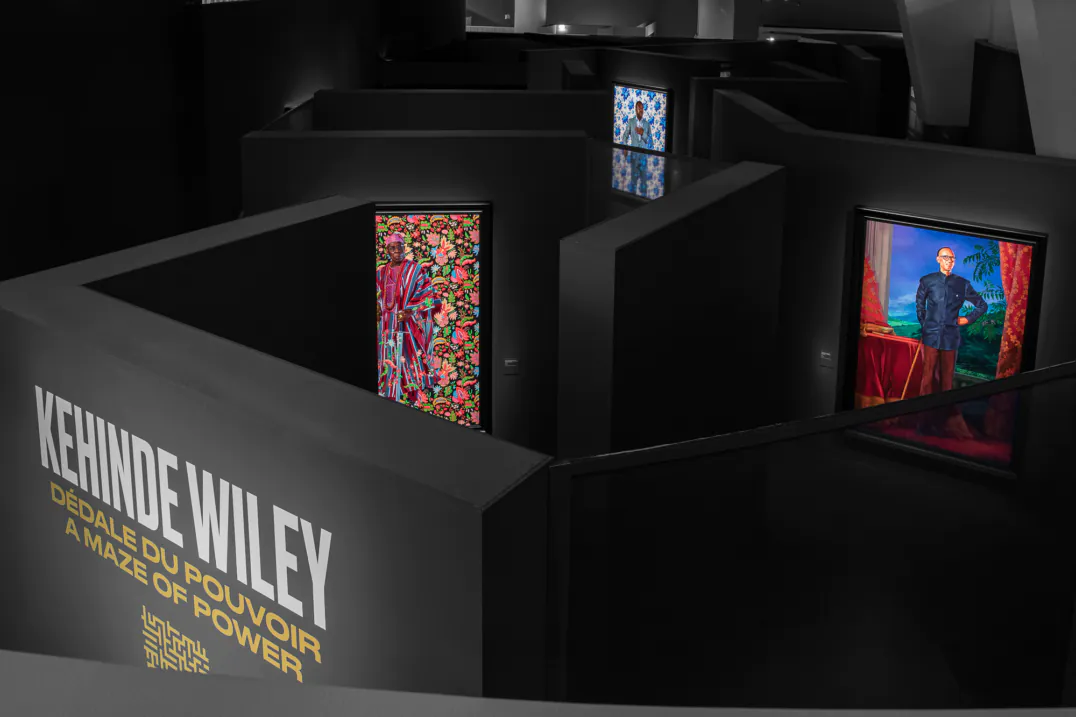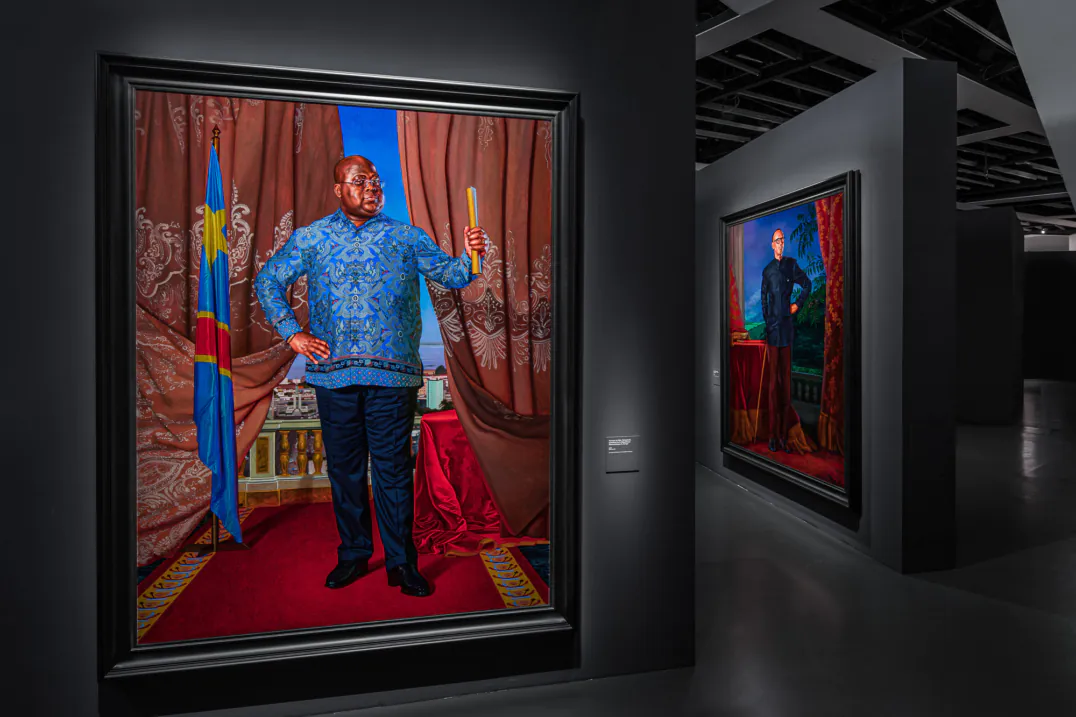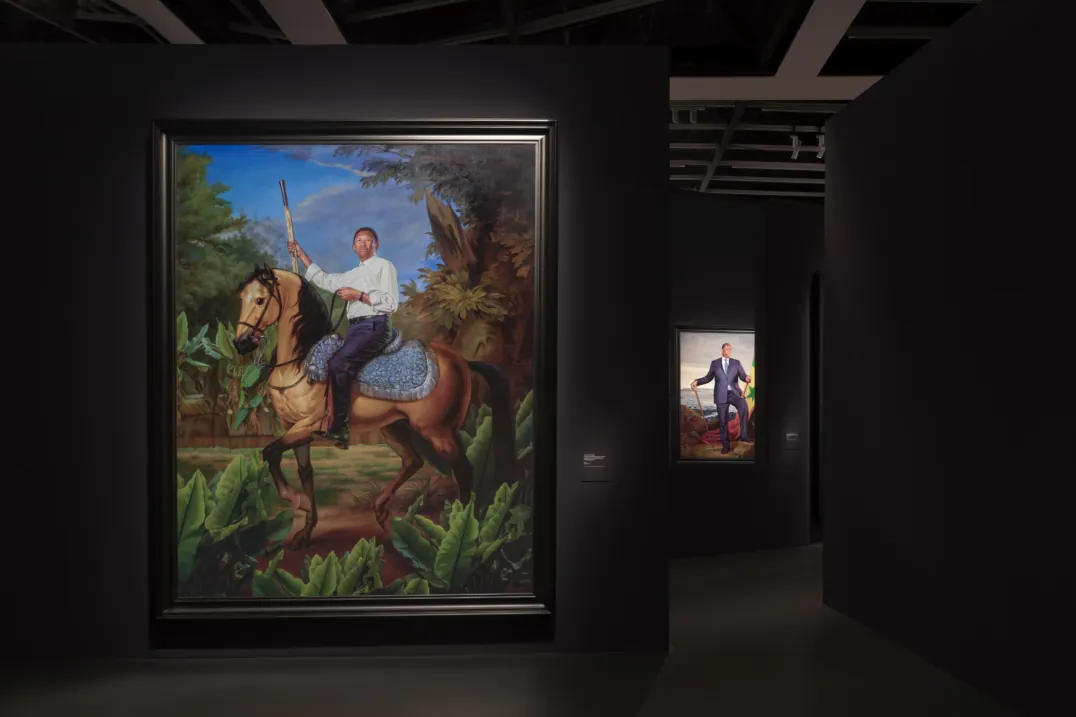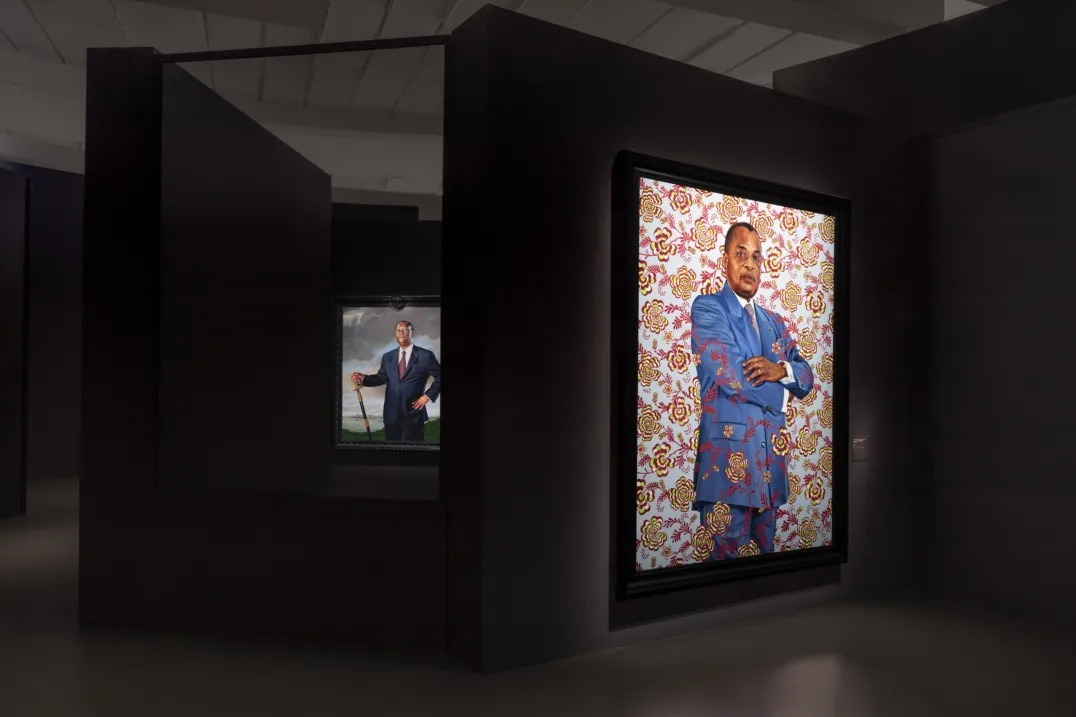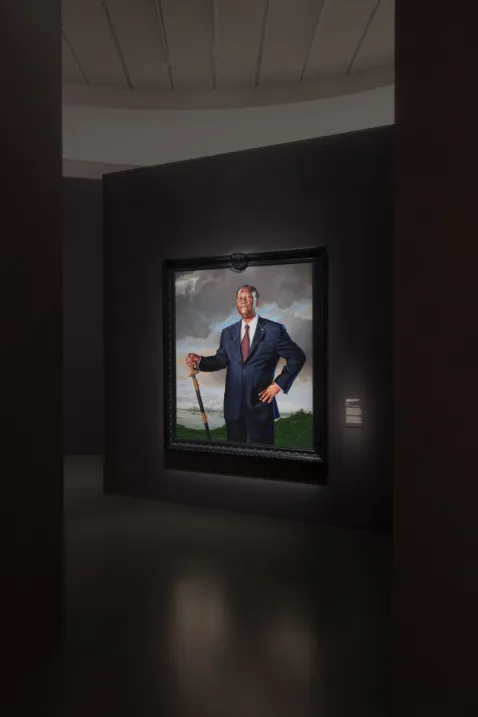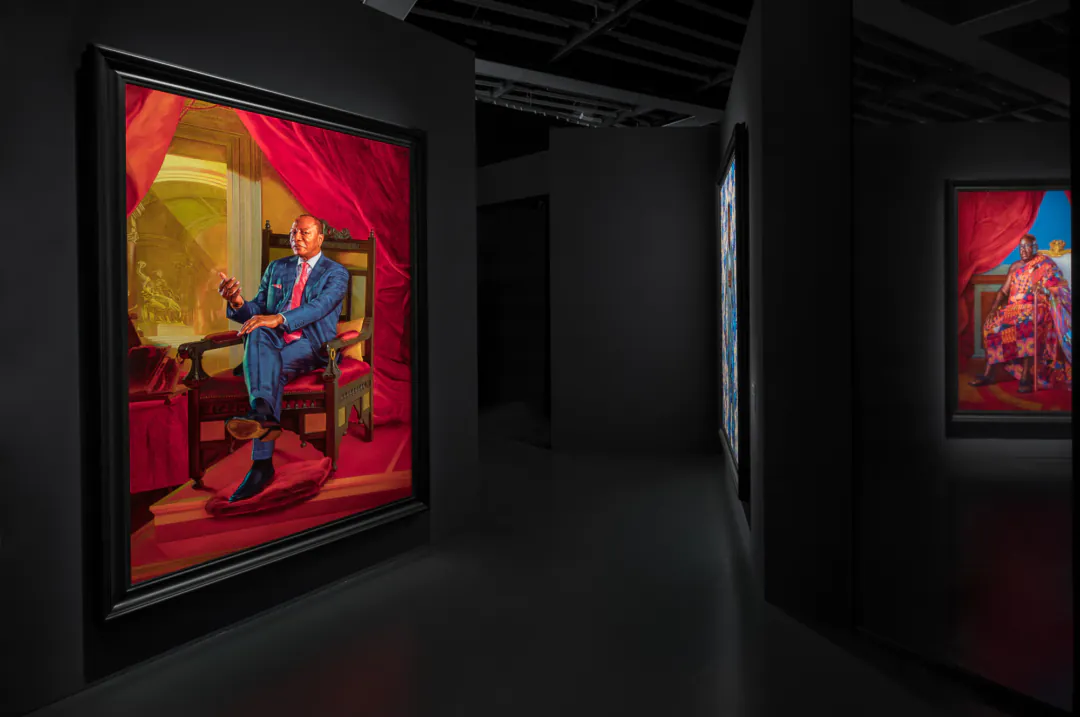The portraits reflect the distinctive cultural elements of each state, revealing an individual’s identity through the dual prism of the artist and his model. These monumental paintings lay bare the contours of ego, the diversity of possibilities in terms of taste and discernment, and the various communication strategies involved in building a personal and public image.
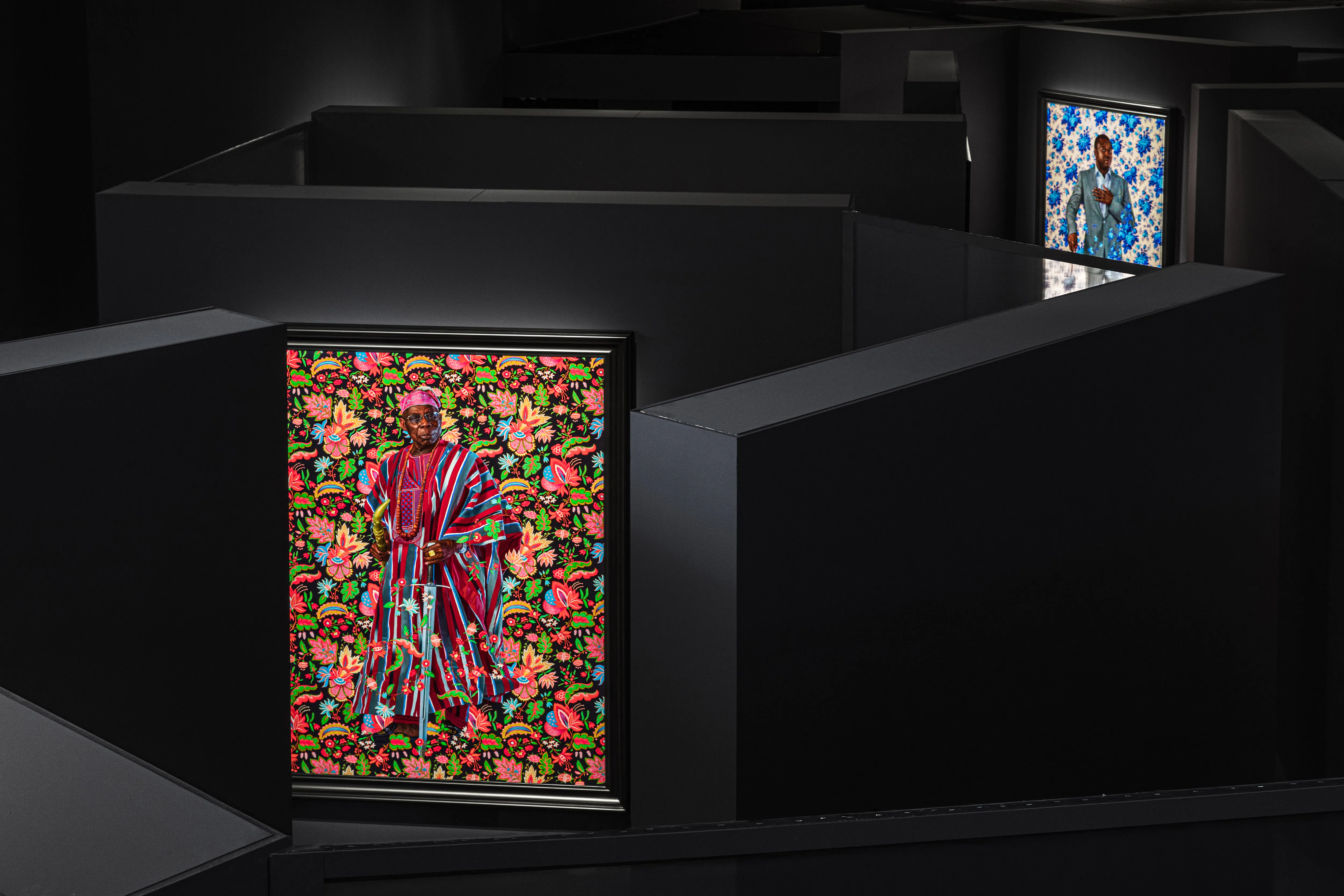
Kehinde Wiley
A MAZE OF POWER
Kehinde Wiley unveils an exclusive series of portraits of African heads of state. A project exploring the staging of power, on which the artist has been working confidentially since 2012.
From 26 September 2023 to 14 January 2024 at the Musée du quai Branly – Jacques Chirac
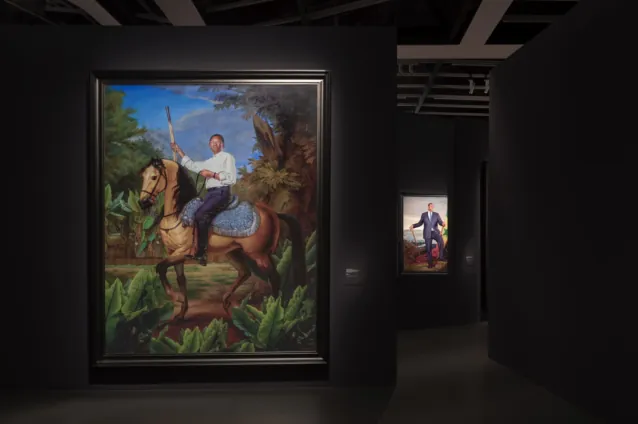
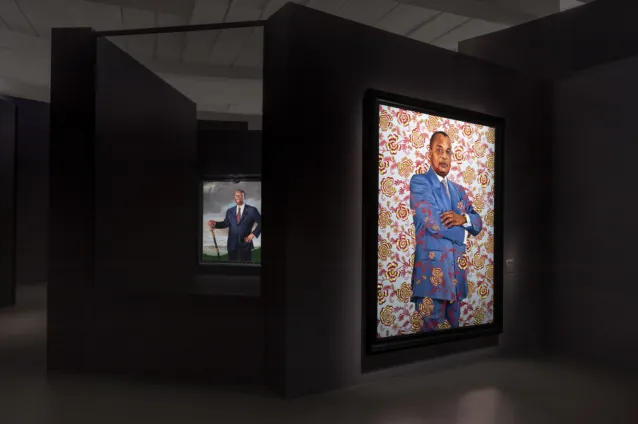


The artist

Born in 1977 in Los Angeles, Kehinde Wiley lives and works in New York. Examining issues of racial and sexual identity, his works create collisions where art history and street culture come face to face. The artist makes eroticised heroes of the invisible, those traditionally banished from representations of power. His work reinterprets the vocabulary of power and prestige, part politically-charged critique, part an avowed fascination with the luxury and bombast of Western symbols of male domination.
